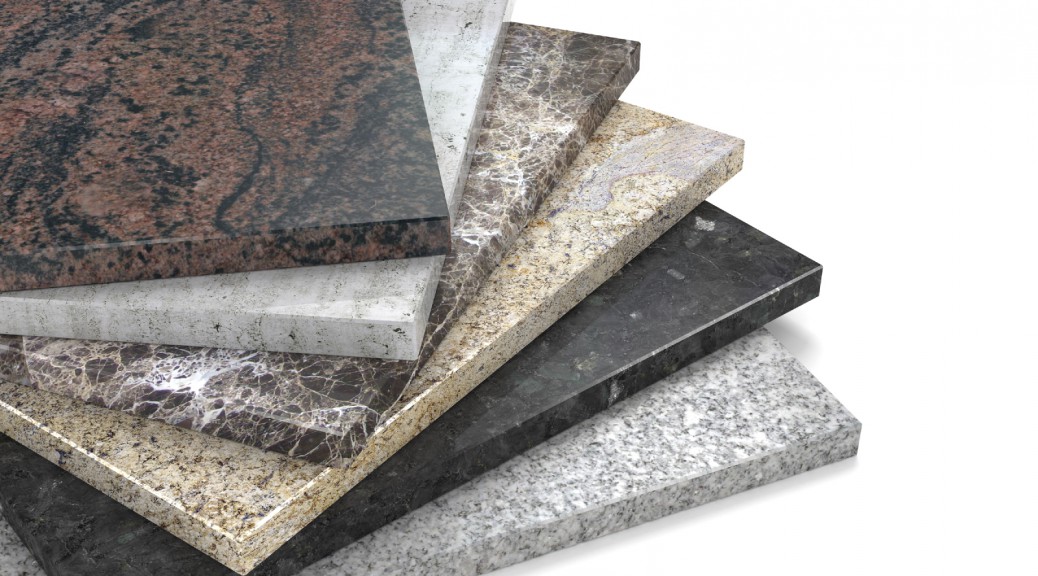The expression “invest in stone” used to mean to invest in construction and real estate. Why? Because real estate is a strong and durable sector. Like stone.
Is there a more natural, more resistant, more sustainable and stronger material than stone? It’s practically eternal. Not surprising that it is among the materials of choice in this era of green living.
Stone is abundant in nature. It is recyclable, waterproof, porous and requires little maintenance, which keeps it far away from numerous chemical products. It filters pollution by absorbing carbon dioxide, the main gas behind the greenhouse effect. Another important asset: it’s fire-resistant.
Stone reduces energy consumption in a house by storing the heat for redistribution as needed. It is a natural heat regulator, since it combats temperature variations. In Quebec, however, this ecological advantage is lesser because insulation separates the exterior stone wall from the interior. But lesser does not mean nil. A stone floor exposed to the rays of the sun in winter will slow this ecological loss.

Elsewhere in the world, in certain mountainous regions, crushed stone is piled around foundations of homes to deal with the violent winds and extreme winter temperatures. These crushed stones heat the inside in winter and cool it off in summer.
Stone is not perfect. Its mining, at times its transformation and shipping result in a considerable energy expense, given the weight and mass of the material. These operations release a good dose of carbon dioxide into the air. Therefore, it’s preferable that the stone be mined in the region itself. The shorter the journey, the more the material becomes ecological. Fortunately, Quebec has numerous quarries, including the granite and marble quarries in the Mégantic region, and slate in Saint-Marc-du-Long, the largest quarry in North America according to Wikipedia.
References:
French Wikipedia article on slate
Habitat sain et écologique, Ginette Dupuy, Les éditions Quebecor, 2011, 295 pages
Guide de la maison verte, Michel Durand, Les éditions La Presse, 2008, 339 pages
Photos: iStock.com
